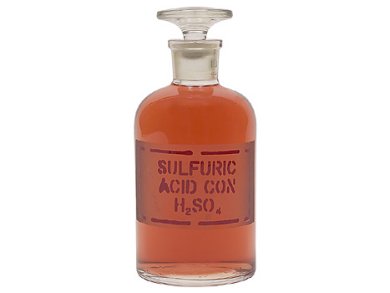Etching silicon surfaces is used to remove metal impurities from silicon surfaces, texture silicon wafers and recycle solar cells. Although different reaction sequences have been proposed for these etching processes, they are not totally consistent with experimental results.
Edwin Kroke and co-workers, University of Freiberg, Germany, could show that the etching mechanism critically depends on the amount of sulfuric acid added to the conventional etching solution composed of nitric acid and hydrofluoric acid. In this oxidizing etching solution, silicon is first oxidized by the injection of holes into its valence band by oxidizing species in the solution such as the nitronium ion. Then, nucleophilic fluoride anions attack the partially oxidized silicon atoms, resulting in the formation of intermediate Si-F-groups on the surface. Depending on the amount of sulfuric acid in the etching solution, either the oxidizing step or the nucleophilic attack becomes rate-determining, which results in completely different silicon surfaces. Whereas hydrophilic surfaces with Si-F-groups are formed in sulfuric acid rich etching solutions, hydrophobic Si-H-groups dominate the surfaces in sulfuric acid poor solutions with high concentrations of hydrofluoric acid.
- Etching Silicon with HF–HNO3–H2SO4/H2O Mixtures – Unprecedented Formation of Trifluorosilane, Hexafluorodisiloxane, and Si–F Surface Groups,
M. Lippold, U. Böhme,C. Gondek, M. Kronstein, S. Patzig-Klein, M. Weser, E. Kroke,
Eur. J. Inorg. Chem. 2012.
DOI: 10.1002/ejic.201200674




